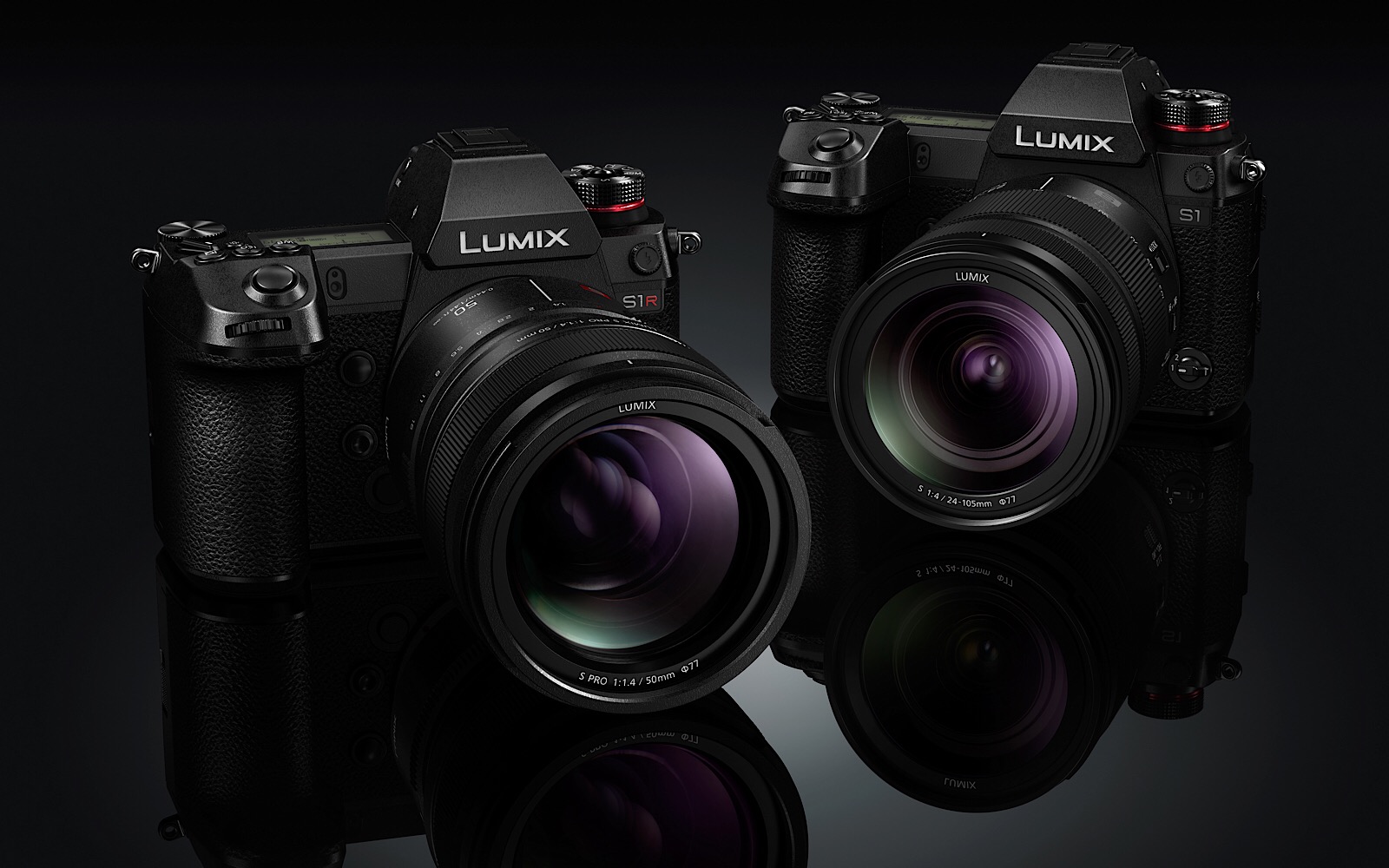With massive cameras, positively huge phone developments, and a sizeable look at your security, this week was all about the big picture. There’s news from Panasonic, Google, Samsung, Huawei, and LG, with a review from Razer. What’s the big picture? Find out in five minutes on The Wrap.
Transcript
For the week ending February 8, you’re tuned into The Wrap, Australia’s fastest technology roundup, and as the year is beginning, it’s important to look at the big picture. We’ve seen the big trends at CES, setting up what the year is going to be like, but already, gadgets are focusing on the big picture, and we mean that literally.
This week, we’ve seen everything, from hints to that whole foldable phone thing to a reinvention of Android on phones that you can play with to yourself, all the way to cameras capable of delivering a bigger picture.
“The Big Picture” seems to be a big theme for 2019, and that may well start with Panasonic’s Lumix S1, the first full-frame mirrorless from Panasonic, which saw a pretty spectacular announcement this week. Normally a brand that focuses on smaller mirrorless cameras, Panasonic is entering the big leagues in April, with a sensor made to take advantage of big lenses, and it’s a pretty big deal.
In fact, now that Canon and Nikon have both joined the full-frame mirrorless league and are taking on Sony, Panasonic is doing it, too, offering two models. There will be the Lumix S1R with a super low-light friendly 24 megapixel sensor, and there will be the Lumix S1 with a less low-light friendly 47 megapixel sensor.
Those are already quite big, and there will be 4K video support, too, but Panasonic is also packing in a properly “high resolution mode” with its new cameras, boosting the S1’s 47 megapixels to a staggering 187 megapixels. How about that for the bigger picture.
That’s about the biggest picture we’ve ever seen from a camera, and could make competition very interesting .
The big picture is more than just about big pictures, but also a bigger understanding of security, and because this week saw Safer Internet Day — that was February 5, people — Google released an extension to Chrome that was all about the big picture on your passwords.
As frustrating as it is, your passwords have probably been released to the wild at least once, and while it might not have had any lasting effects yet, it’s always good to be aware of these issues so you can change them.
Chrome’s Password Checkup extension has been built for that reason, worked on with cryptography experts from Stanford University so that no one can see your passwords, but that you can be informed when you need to change them.
It’s free, and it can help you get the bigger picture in your personal security. That big picture also extends to phone usage, too.
This week, we saw Samsung roll out its bigger picture for an Android experience in Samsung One UI, a new look and feel for Samsung Galaxy S9 and Note 9 phones, that is also coming to the S8 and Note 8, and whatever else Samsung announces later this month.
Without doubt, it’s a slicker feel with a less intrusive look that comes across as properly designed, and even arrives with a “night” mode for folks who like to use their phone when the lights are off.
Using your phone in the dark is just one of the changes for this year, but foldable phones and 3D security will be another, and there were hints about each of those this week. Huawei announced it will be showing off a foldable phone likely just after Samsung’s in late February, while LG started talking about its 3D selfie camera that will be handling security on its upcoming G8 smartphone.
And speaking of phones, we checked out once this week, arriving in the Razer Phone 2, something a little different made by a brand you might not be familiar with. Razer isn’t traditionally a phone brand. Rather, it’s a gaming company, making laptops and keyboards and gamepads and such, and so the Razer Phone 2 is a little different, but also quite familiar.
Made from aluminium, Razer has basically taken a high end phone and stuffed it into a flattened metal brick with a big battery and a lovely screen, with the idea being that this phone is made for gaming.
Now don’t get us wrong, but it has some strong points. The screen is lovely, the battery is pretty good, and there’s some cute colourful lighting on the back, too.
But Razer’s Phone 2 suffers from a design that’s just really hard to get your head across, and your pockets, too. When design is a pretty key part of smartphones, it’s hard to recommend a phone that just doesn’t feel and weighs more than most, and that’s one of the Razer Phone 2’s glaring problems.
With a cost of $1249, the Razer Phone 2 is competing with some great designs like from Apple, Samsung, Google, and Huawei, and even similar specs. That makes it hard to recommend, but we think maybe in version three, Razer will be closer to nailing it.
I mean, we can already game on our phone if we wanted to, but if Razer could make a better gaming phone, we could see people diving in.
Hopefully we’ll see that soon. For now, you’ve reached the end of The Wrap, Australia’s fastest technology roundup. The Wrap can be found every Friday at Podcast One and Apple Podcasts. The Wrap will be back next week for more technology in five, but right now, we’re wishing you the best, hoping that you have a great week. We’ll see you next time on The Wrap. Take care.





